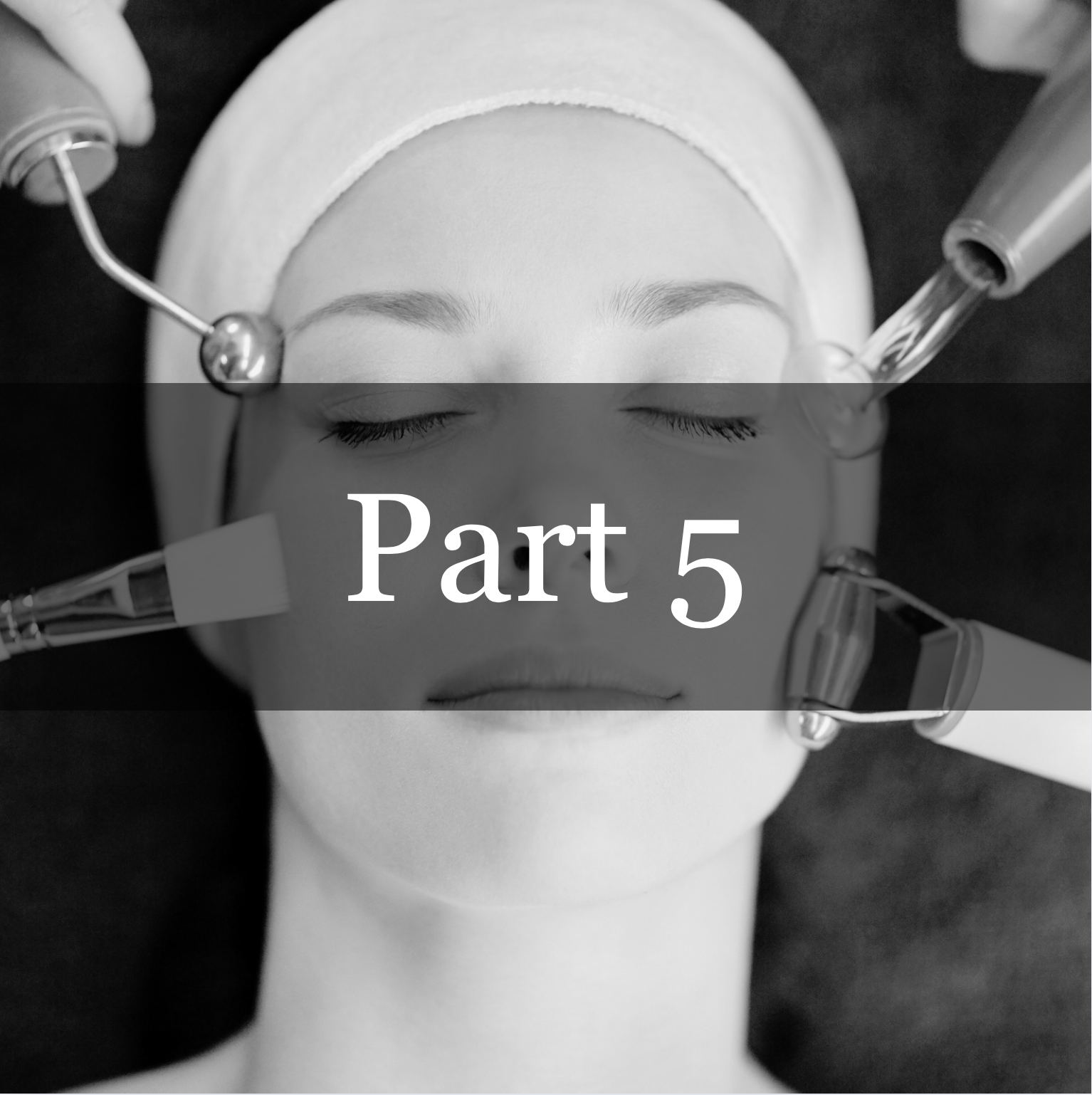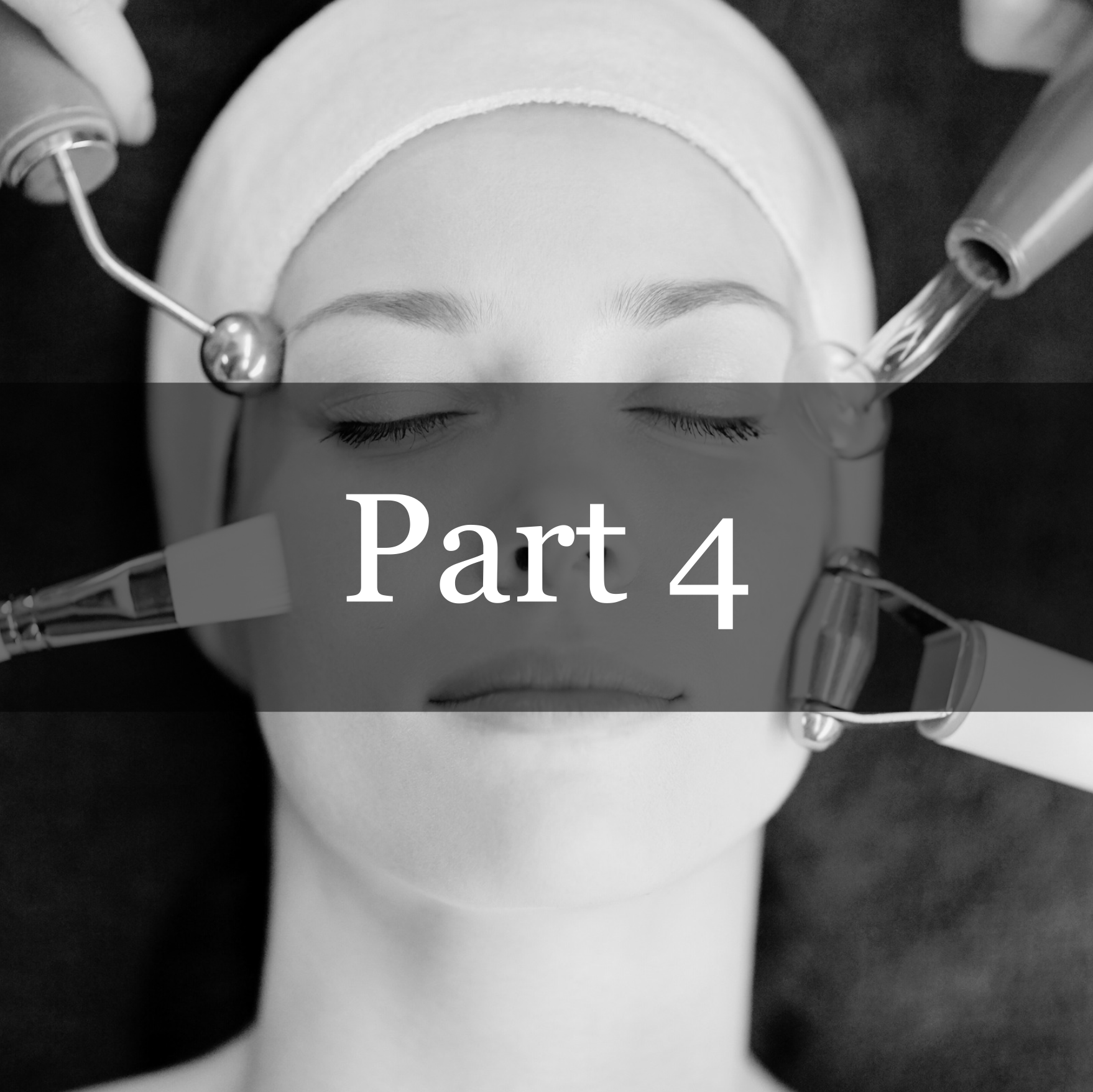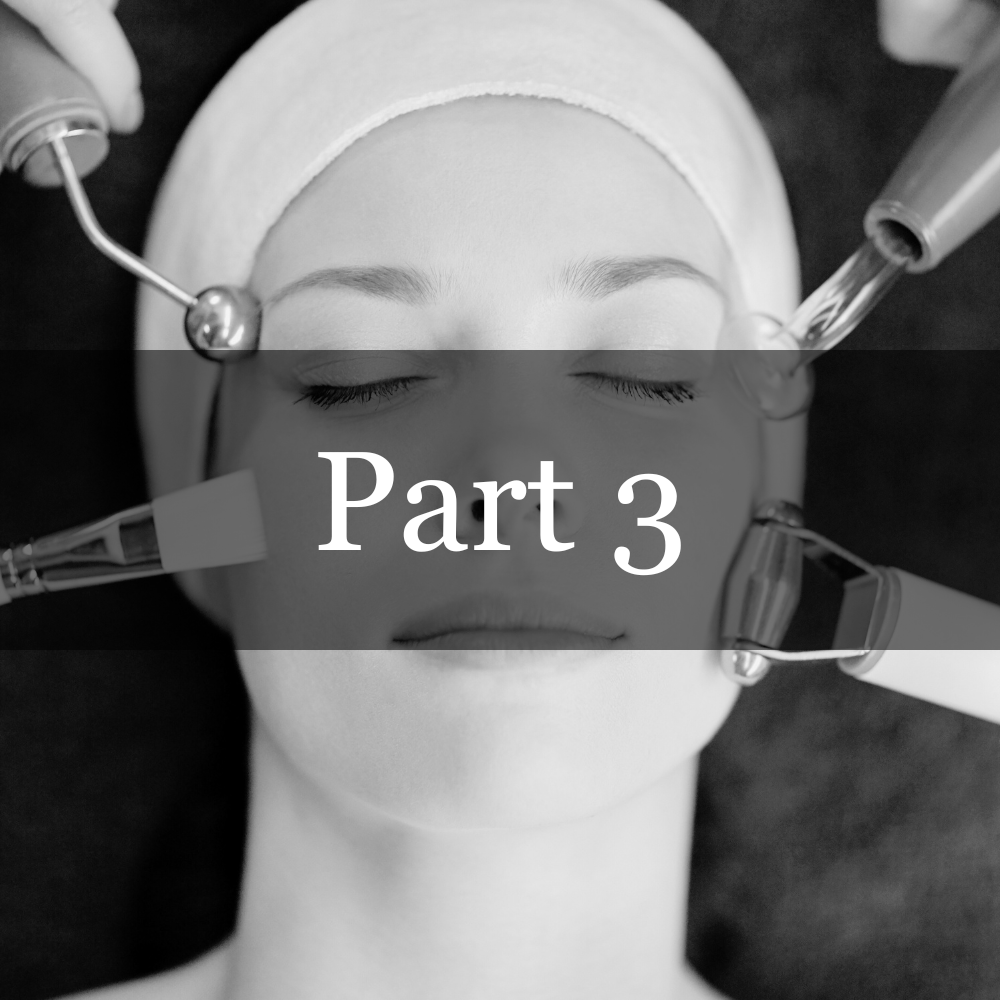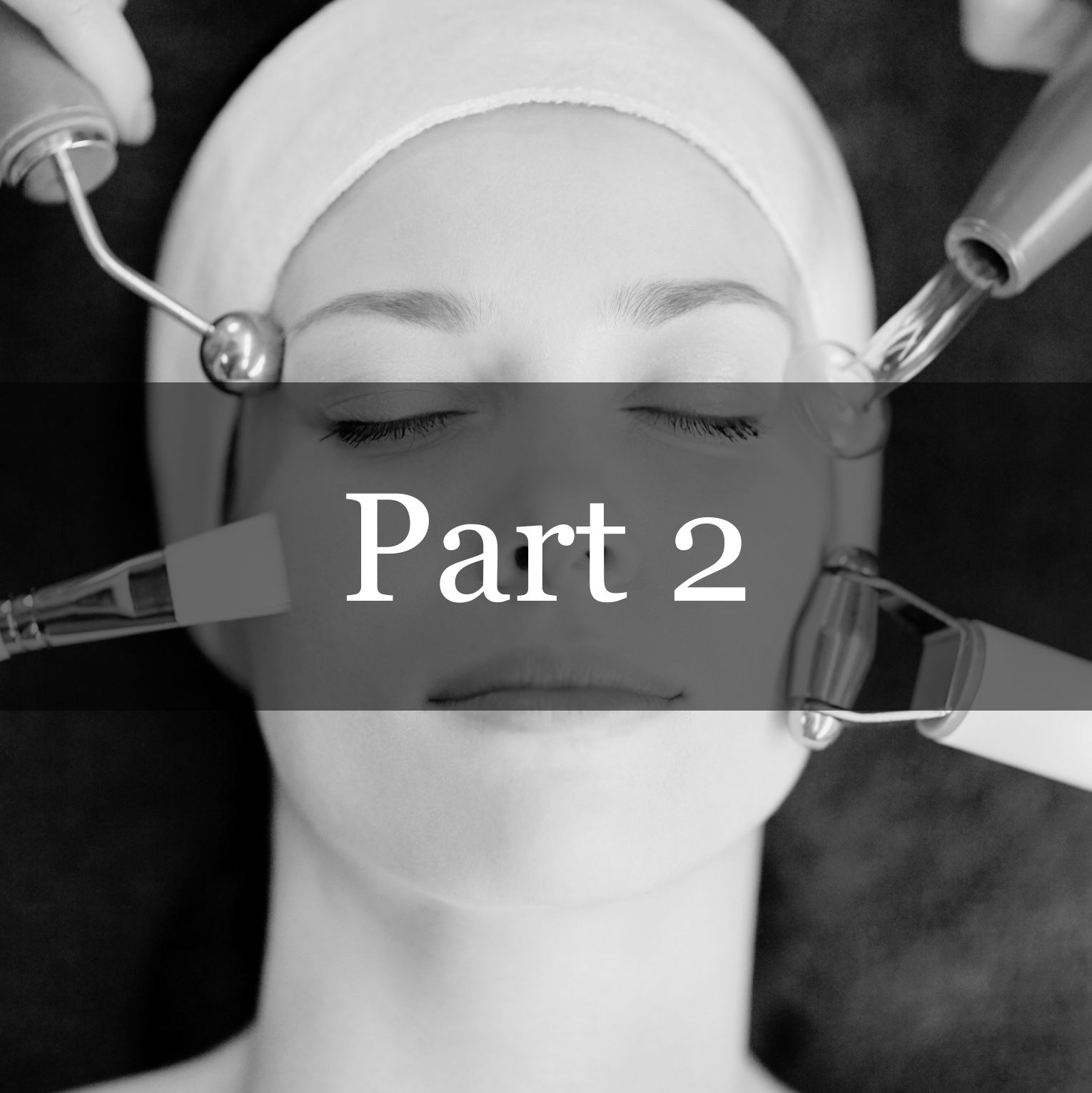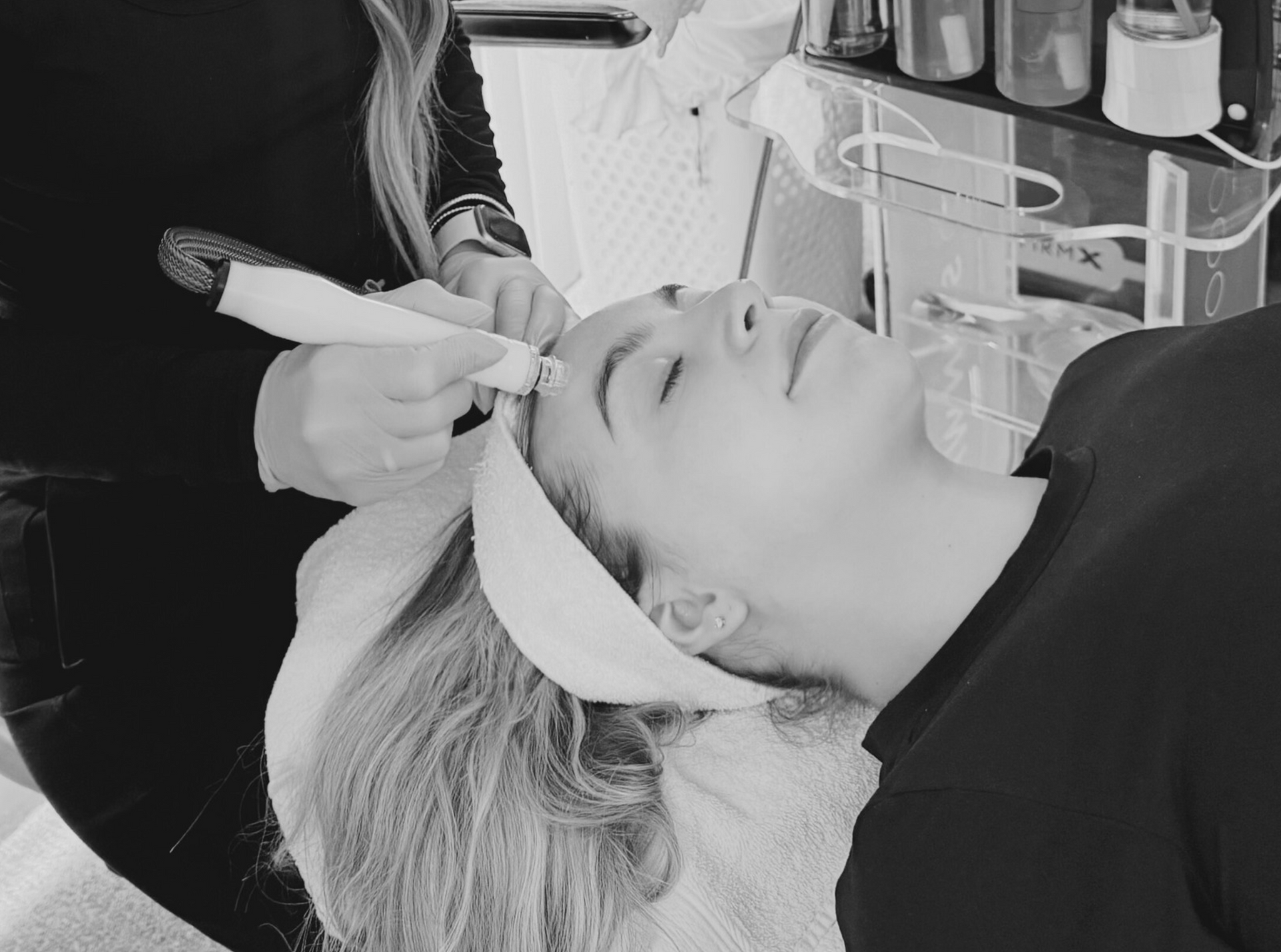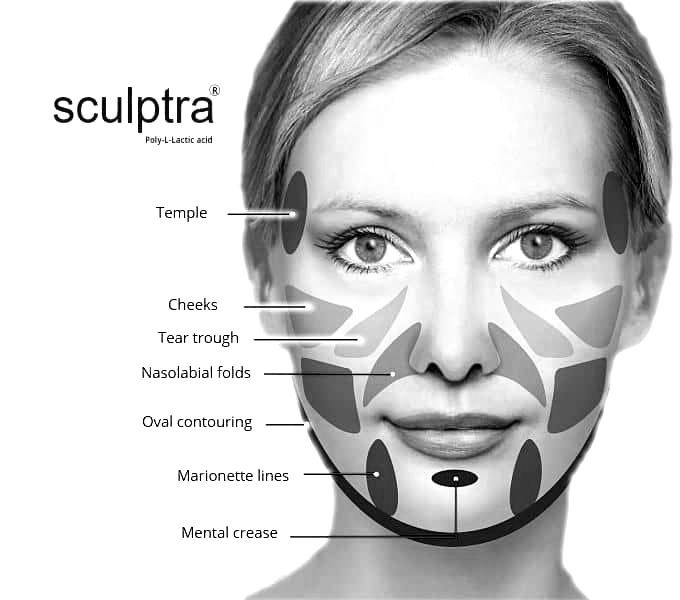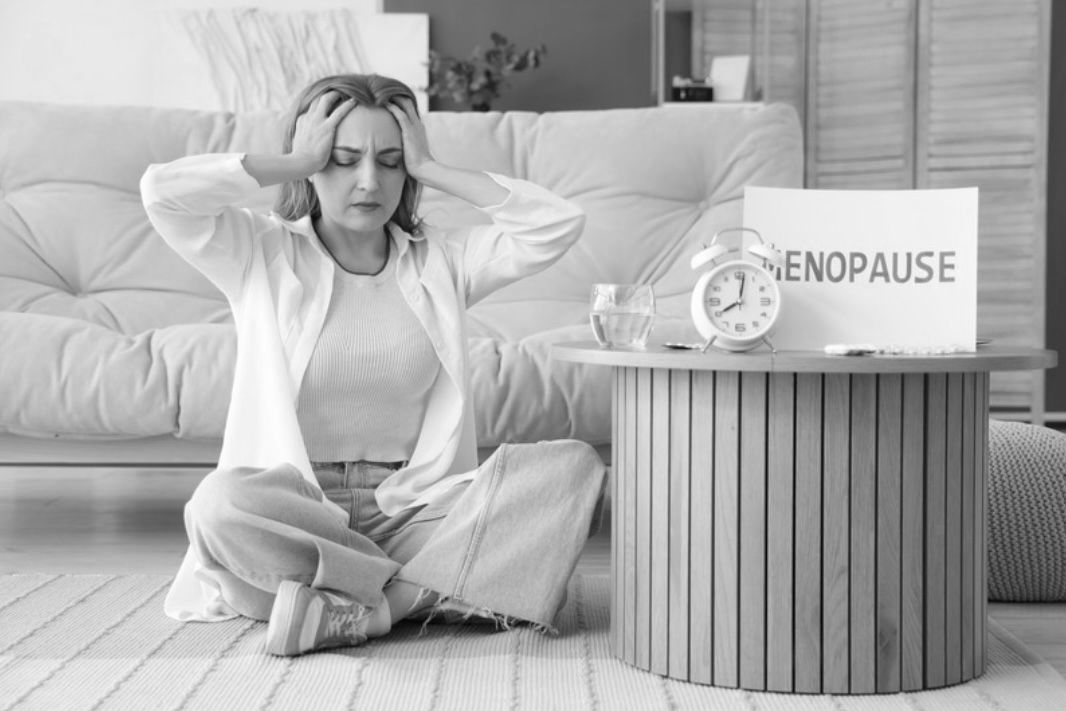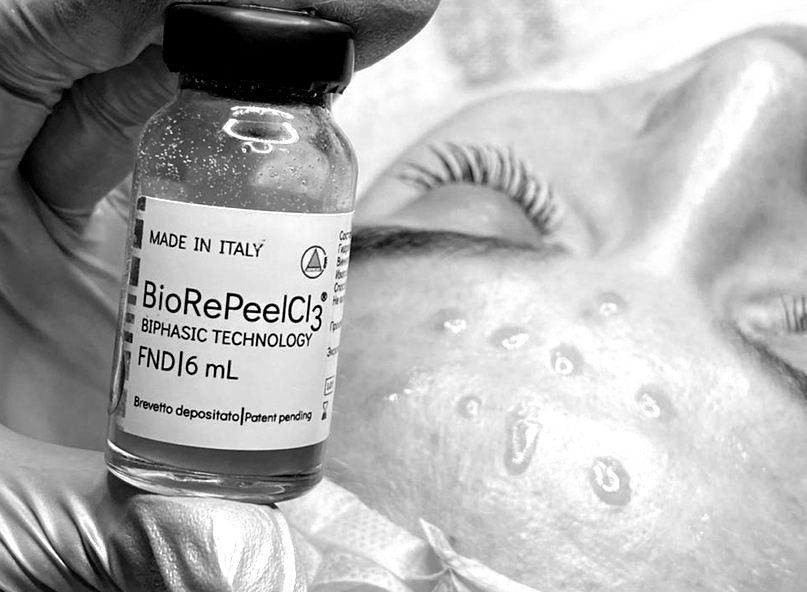Don't Let Sweat Control You, You Control Your Sweat!
Don't Let Sweat Control You, You Control Your Sweat!
Have Hyperhidrosis? Don't sweat it, quite literally, because we have a solution!

Hyperhidrosis is excessive sweating that is not always related to heat or exercise. This condition happens when you sweat more than what your body needs to regulate your temperature. It is the result of overactive sweat glands. It is estimated that 1 and 3 in every 100 people are suffering from this condition. Sweating is the body’s mechanism to cool itself. The nervous system automatically triggers sweat glands when your body temperature rises. This condition may make you feel uncomfortable or embarrassed, but it is common and there are treatment options available.
Main Cause
- Primary Hyperhidrosis is the most common and is caused by faulty nerve signals that trigger sweat glands to become overactive. It happens when excess sweating is not triggered by a rise in temperature or physical activity. It affects the palms, soles, underarms and sometimes the face. There is no medical cause for primary but has some familial tendencies.
- Secondary Hyperhidrosis is caused by an underlying medical condition such as Parkinson's or Diabetes, or by certain medications such as pain relievers, antidepressants, and some diabetes and hormonal medications.
Symptoms
Symptoms of Hyperhidrosis include excess sweat on palms, hands, underarms face and body and extreme flushing on face. Although most symptoms are obvious, those that suffer from hyperhidrosis report feelings of social isolation and withdrawal from others in order to avoid touching others or for fear of body odor. Over time, hyperhidrosis can lead to the following symptoms:
- Itching & inflammation when sweat irritates your skin
- Body odor, which occurs when bacteria on your skin mixes with sweat particles
- Cracked or peeling skin on your feet
- Skin Infection
Hyperhidrosis symptoms can range in severity. You may have minor symptoms that come and go or you may have constant symptoms that have an impact on your day-to-day activities.
Treatments
Some treatment options are listed below, but further options can be discussed with your primary care provider.
- Topical creams such as using antiperspirants and deodorants.
- A provider may recommend certain over-the-counter (OTC) or prescription-strength varieties. The best deodorant for hyperhidrosis is an aluminum-based product.
- Wearing breathable clothing.
- Choosing clothing that’s breathable and more absorbent, like cotton, can help you feel more comfortable if you sweat. Avoid blended fabrics and polyester, which can trap heat and make you sweat more.
- Bathing or showering more often, for milder symptoms
- Endoscopic Thoracic Sympathectomy (ETS)
- A minimally invasive type of surgery where a surgeon will cut a nerve in your body to turn off the signal that tells your glands to produce sweat.
- Oral Medications
- Primary Care Providers can discuss prescription options with each individual. Most commonly used oral medications for managing Hyperhidrosis are anticholinergics, which block signals from the nerves that send the signals to produce sweat. Some examples of anticholinergics include medicines such as glycopyrrolate, oxybutynin, benztropine and propantheline.
- Botox (a neurotoxin)
- Botox injections are an FDA-approved treatment for focal hyperhidrosis, or excessive sweating, that can be especially effective when topical treatments have failed. Botox works by blocking nerve signals that tell sweat glands to activate, preventing them from producing too much sweat.
We at Radiance can assist with
Primary Hyperhidrosis. Primary hyperhidrosis has no cure, but there are a variety of treatment options available to help you manage your symptoms. The condition isn’t life-threatening, but it can have a major impact on your life. Botox and other neurotoxin choices are available for injections that can significantly reduce and minimize symptoms including reducing foul body odors. Botox/neurotoxin has proven success rates to control sweating with 94-98% of patients experiencing relief for up to six months.
What to expect at appointment
After a thorough health history review, Botox or other neurotoxin is injected with fine needles in multiple injections in the affected area. Minimal to no pain should be expected. The results can take about one week to become noticeable and 3 weeks for the maximum effect. Results can last for up to six months, depending on the person and the area being treated. For the first 24 hours after you receive your hyperhidrosis treatment you will be required to AVOID the following:
- Extreme temperatures
- Exercising or strenuous activity
- Swimming
- Excessive alcohol (on the day of the treatment)
To maintain results of Hyperhidrosis treatment with Botox or other neurotoxin, we recommend repeating this treatment every 6 months or when symptoms begin to return.
Enjoy $100 OFF on Hyperhidrosis Neurotoxin Treatment
(valid through September 30, 2024)
Click link below to schedule your Hyperhidrosis Neurotoxin Treatment!
https://www.vagaro.com/radiancekelly/book-now
References
Diseases & Conditions, Hyperhidrosis, www.MayoClinic.org ,©1998-2024 MFMER
Hyperhidrosis, my.clevelandclinic.org, ©2024 Cleveland Clinic
Naturally Restored Volume & Refreshed Skin
